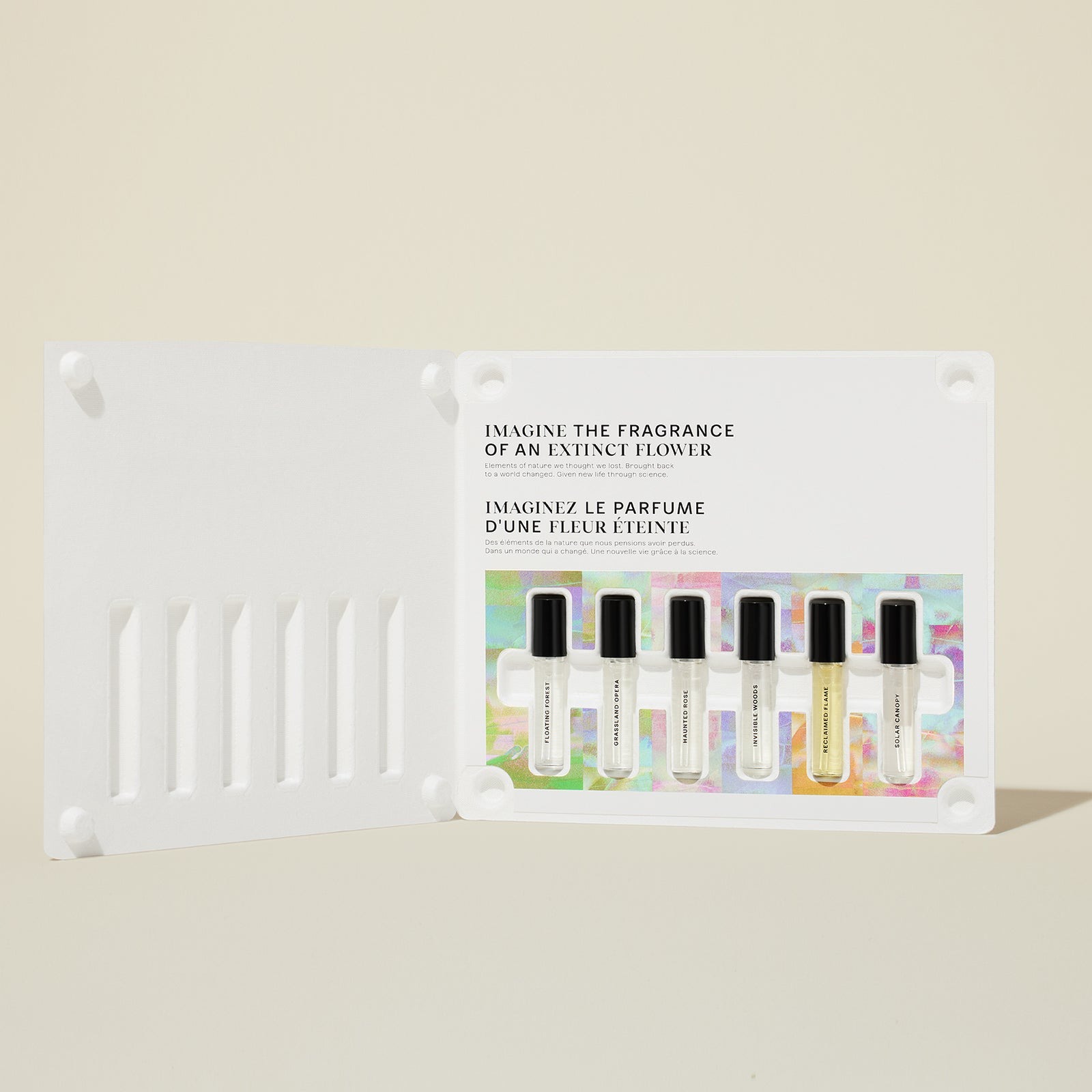This Fragrance House Makes Perfumes Using the DNA of Extinct Flowers
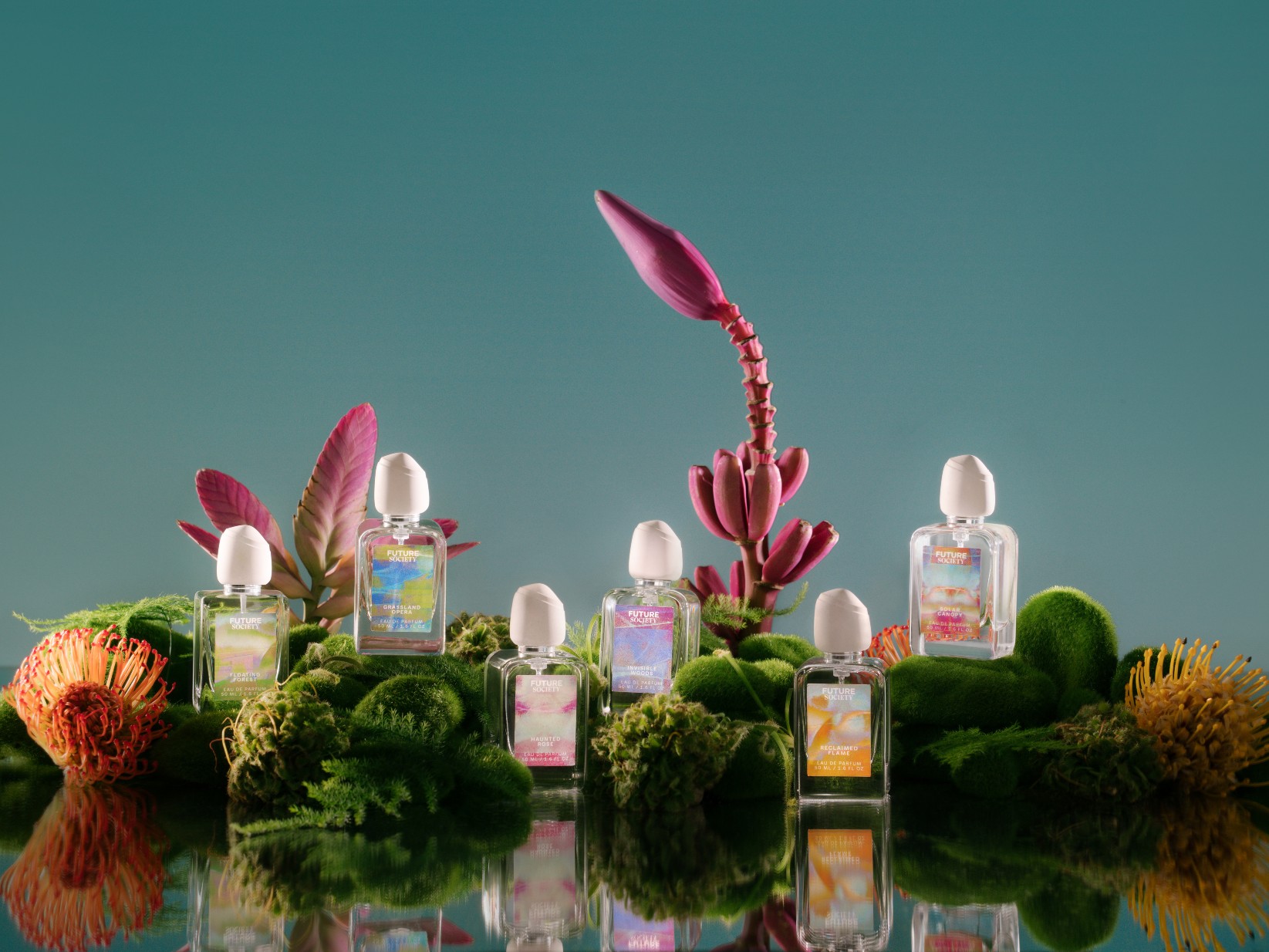
Sometimes, I feel like no matter what, it's really difficult for a fragrance to be truly unique. At the end of the day, a rose is a rose is a rose, after all. There's only so much you can do to reinvent the wheel when it comes to fragrance—at a certain point, all of the raw ingredients available to you are the same.
That's why the new Future Society fragrances piqued my interest. In the world of fragrance, they're truly unique scents, and that's because the brand is reaching far outside a fragrance's normal purview. Future Society scents are made using DNA sequences found from extinct flowers.
For founder Jasmina Aganovic, using these extinct DNA sequences is all about using fragrance and biology in tandem with one another to tell a story. "This idea of taking a DNA-sequencing Jurassic Park type thing with flowers rather than dinosaurs is sort of the origin of this," she says. "[We] work together with the Harvard Herbarium to gather specimens of flowers that have been preserved and are now known to be extinct."
These flowers aren't being resurrected and reintroduced into the world. (Technology isn't that advanced yet.) Instead, they're given new life through fragrance. "The DNA is sort of like an instruction manual," says Aganovic. "It's sort of like 23andMe. If you've ever done 23andMe, you spit into a tube and it sends you all of this interesting information about yourself."
After gathering information about each flower, Aganovic honed in on anything that gave her clues to how it might have smelled. "That started to give us a direction of the olfactive profile and the scent molecules that were encoded into this flower," she says. From there, they figured out which scents were likely actually expressed by the flower and wound up with six scents you won't smell anywhere else—each is a unique reconstruction of an extinct flower.
Invisible Woods
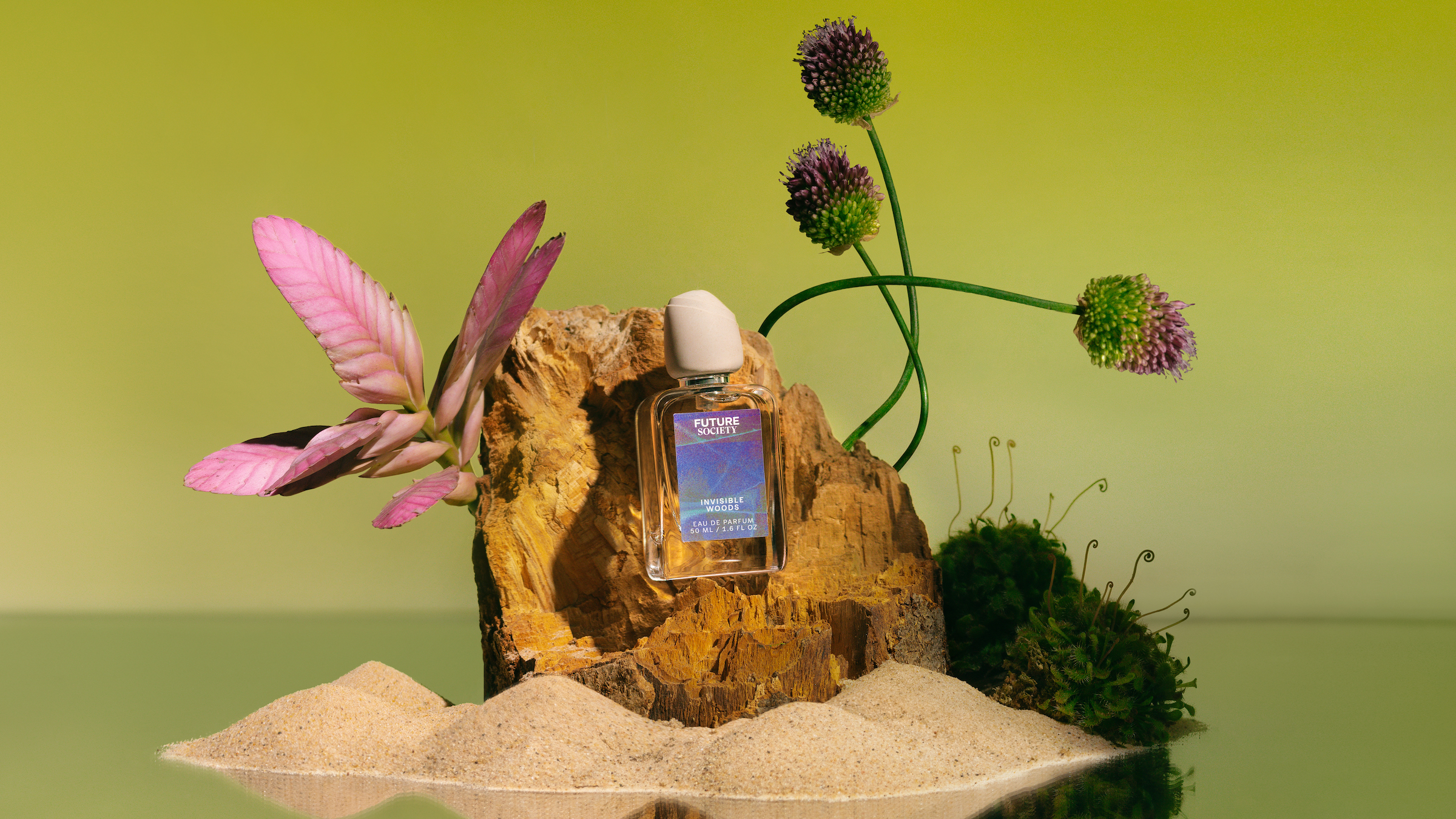

The extinct flower: Wendlandia angustifolia, last recorded in India’s Western Mountains circa 1917. Extinct by drought.
Invisible Woods is filled with contrasting notes that turn it into something special. The scent is woodsy, but it's also citrusy and grounding thanks to notes like ginger, grapefruit, eucalyptus, and chamomile. "This flower grew on a forest bed in India, and it disappeared due to drought conditions, and then it came back many decades later, only to disappear again, and it hasn't been seen since," says Aganovic. "So it's presumed extinct, but it may still be there just looking for the right conditions to bloom."
Solar Canopy
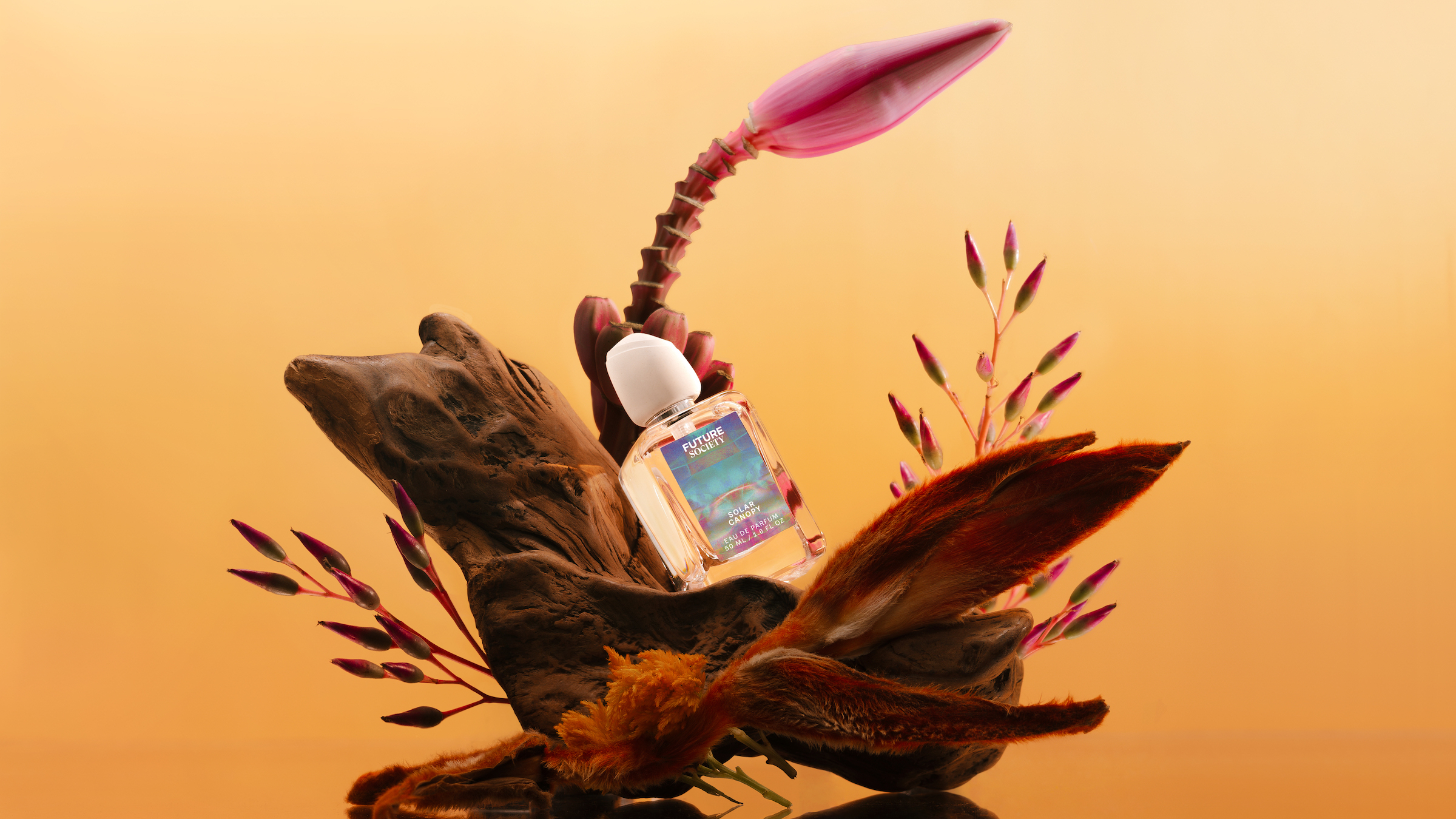
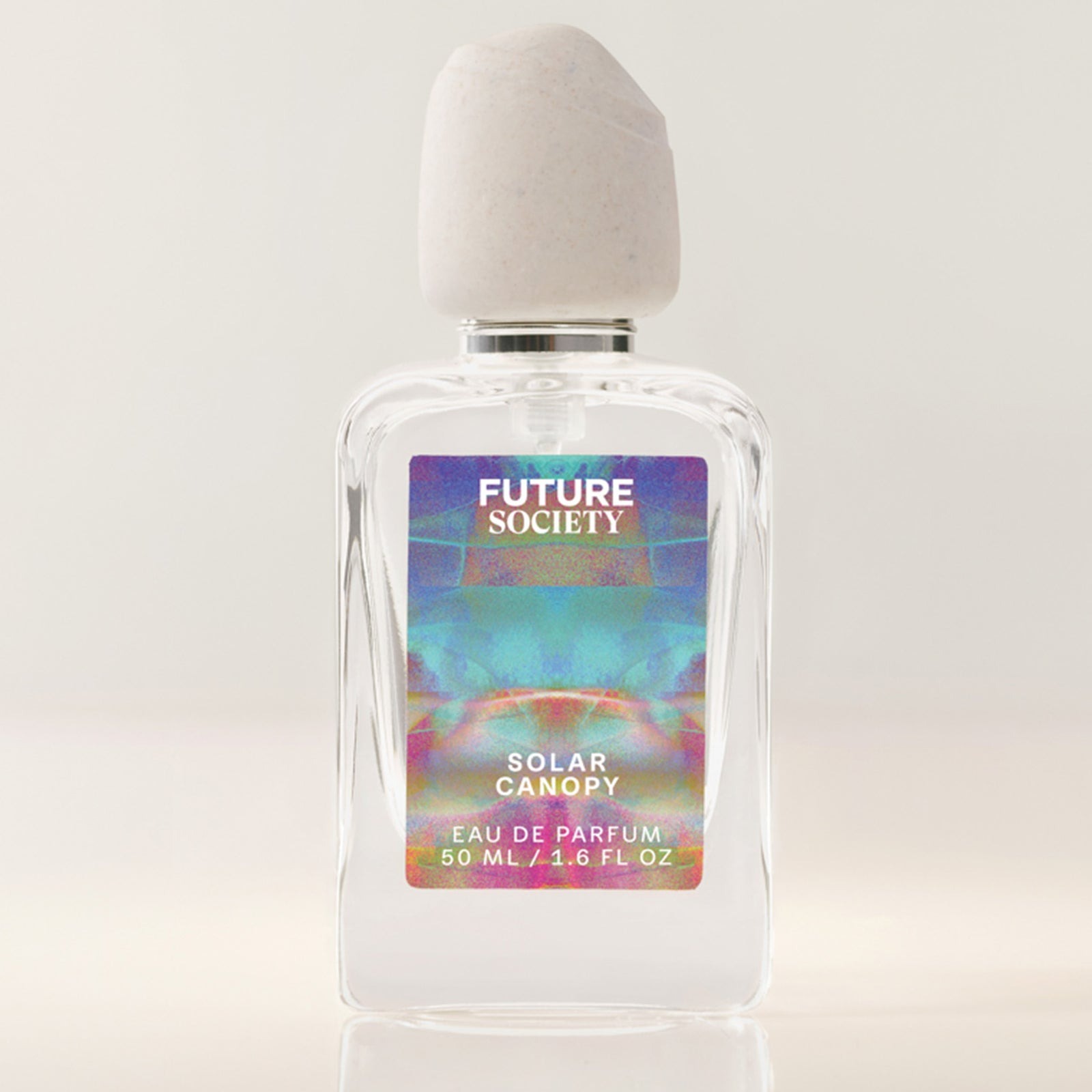
The extinct flower: Hibiscadelphus wilderianus, last recorded in the Hawaiian Southern Slope circa 1912. Extinct by deforestation.
Since this scent comes from Hawaii, it's only fair that it feels appropriately sun-soaked and tropical. It's fruity and sweet thanks to notes like magnolia, lychee, pistachio, and pink sugar.
Haunted Rose
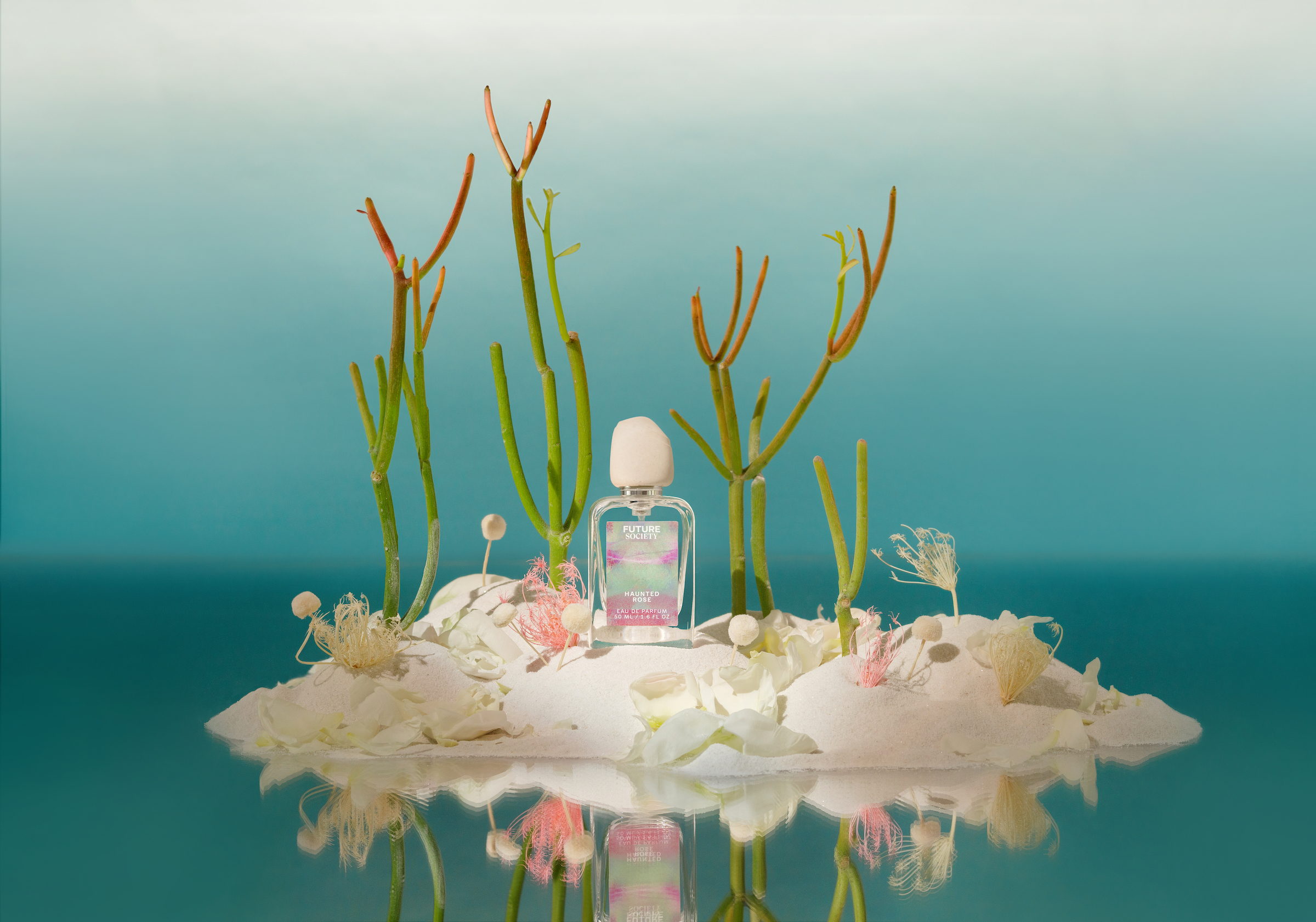
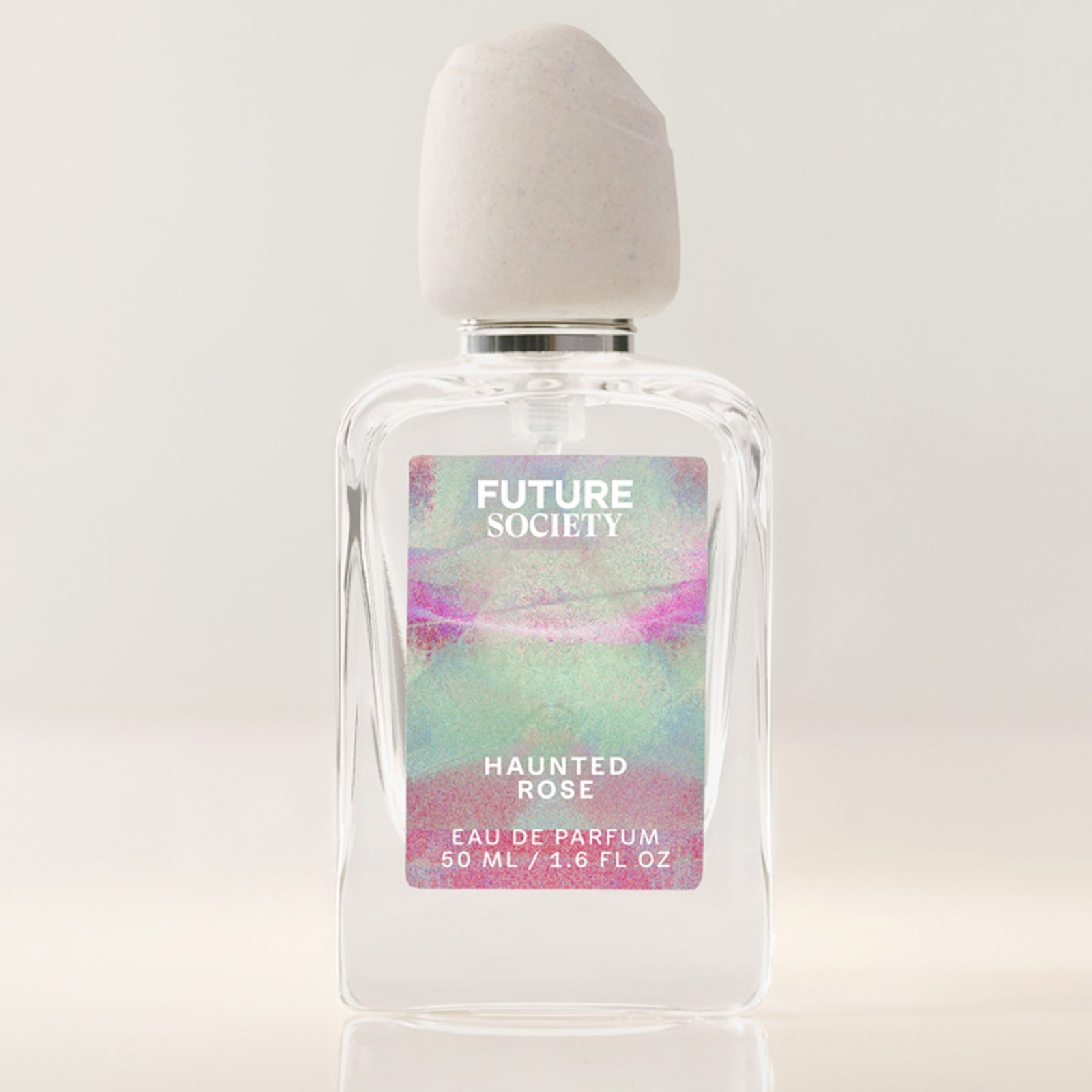
The extinct flower: Macrostylis villosa, last recorded in South Africa circa 1960. Extinct by urbanization.
Making an interesting rose is a feat, even if you're dealing with extinct flowers. This rose scent isn't just unique because of Macrostylis villosa, the flowering shrub at its core, but also because of passionfruit, saffron, and black pepper.
Grassland Opera
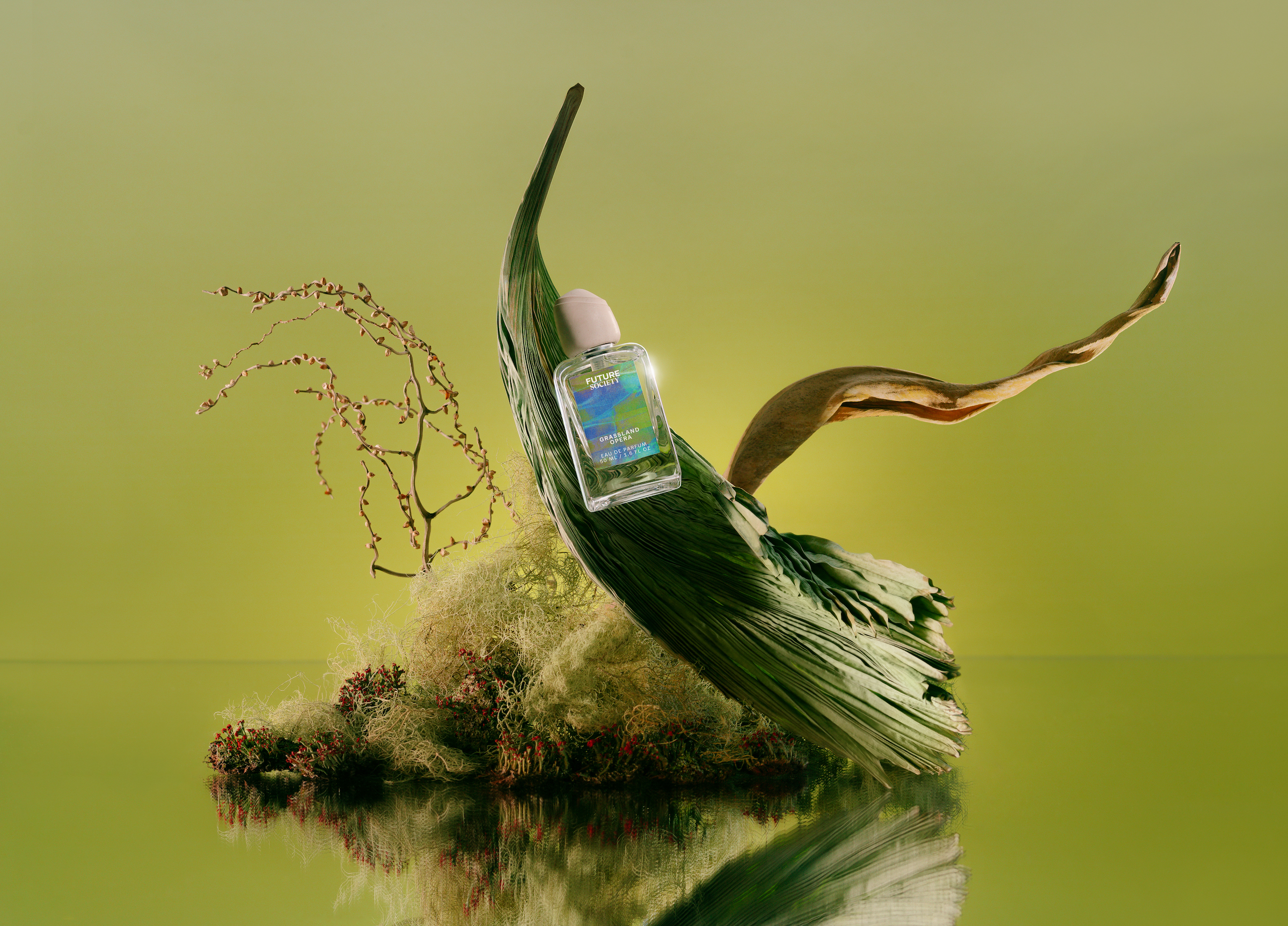
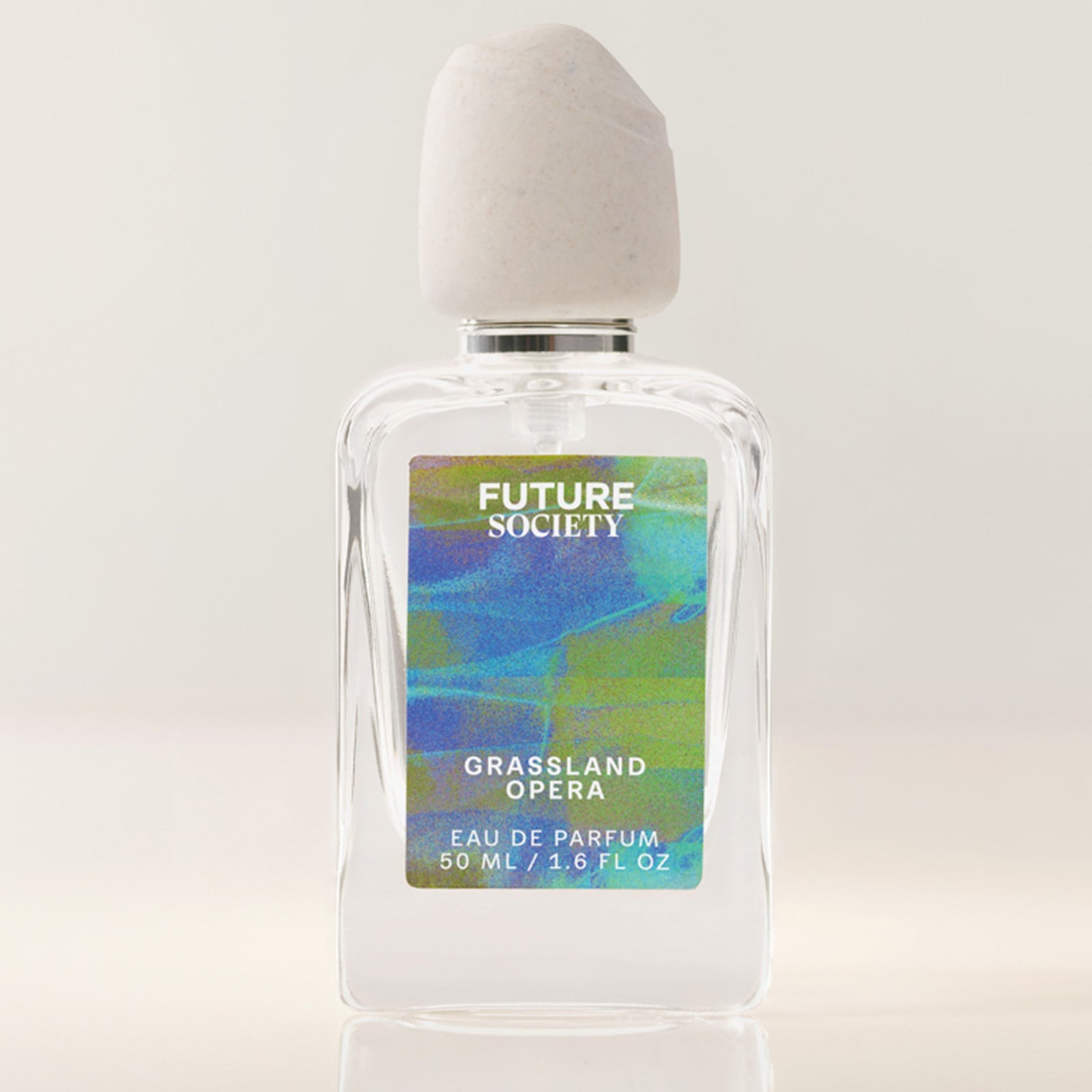
The extinct flower: Orbexilum stipulatum, last recorded in the North American Plains circa 1812. Extinct by buffalo migration.
As a Western girl at heart, I am brought back to wide-open spaces in Colorado when I smell Grassland Opera, even if it's a scent I've never quite experienced before. This ambery scent feels particularly unique to me not just thanks to the extinct flower it's inspired by but also by its interesting note composition—clary sage, fig leaves, and ginger meld with three different woods for a scent that evokes the best of the Plains.
Reclaimed Flame
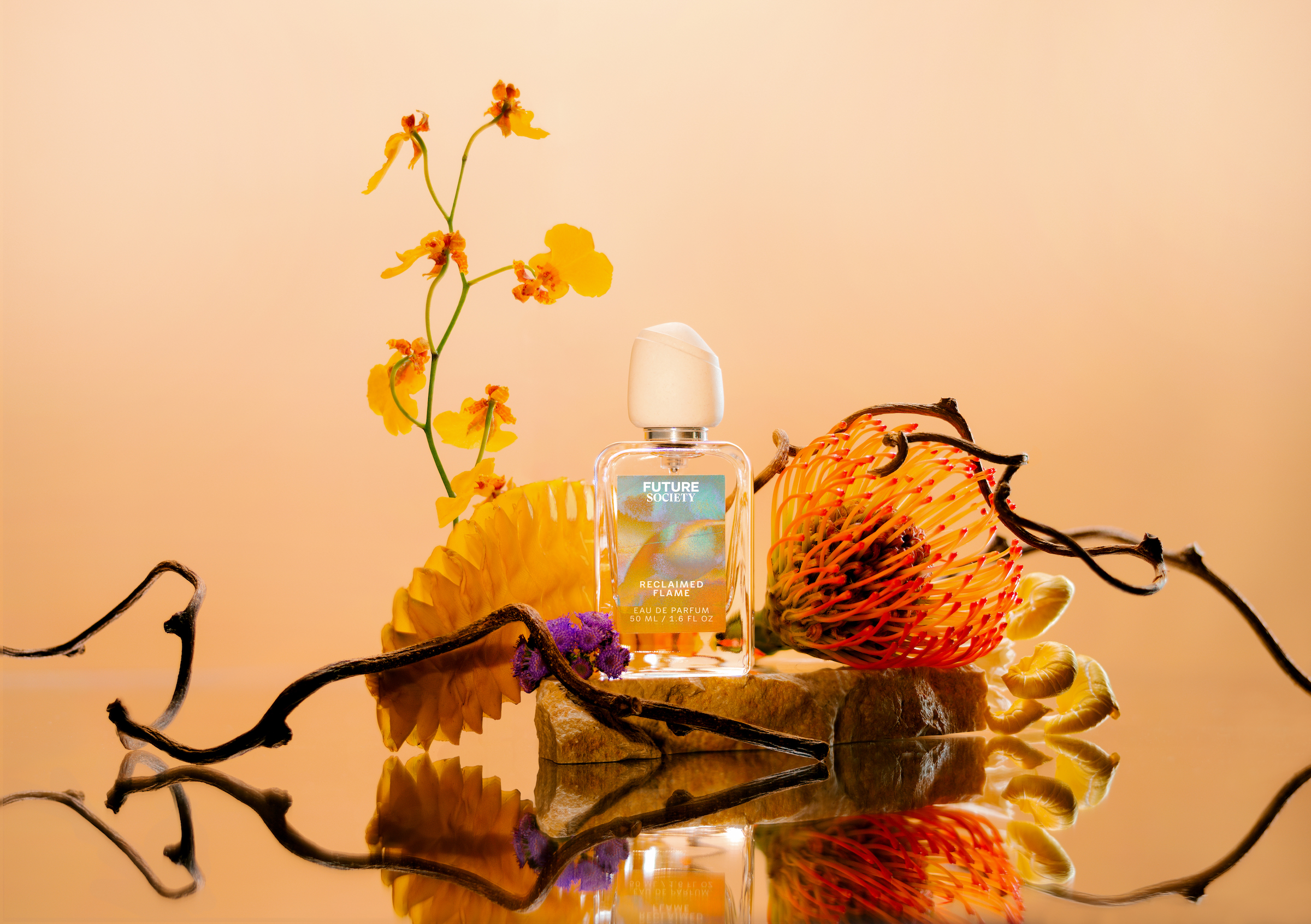
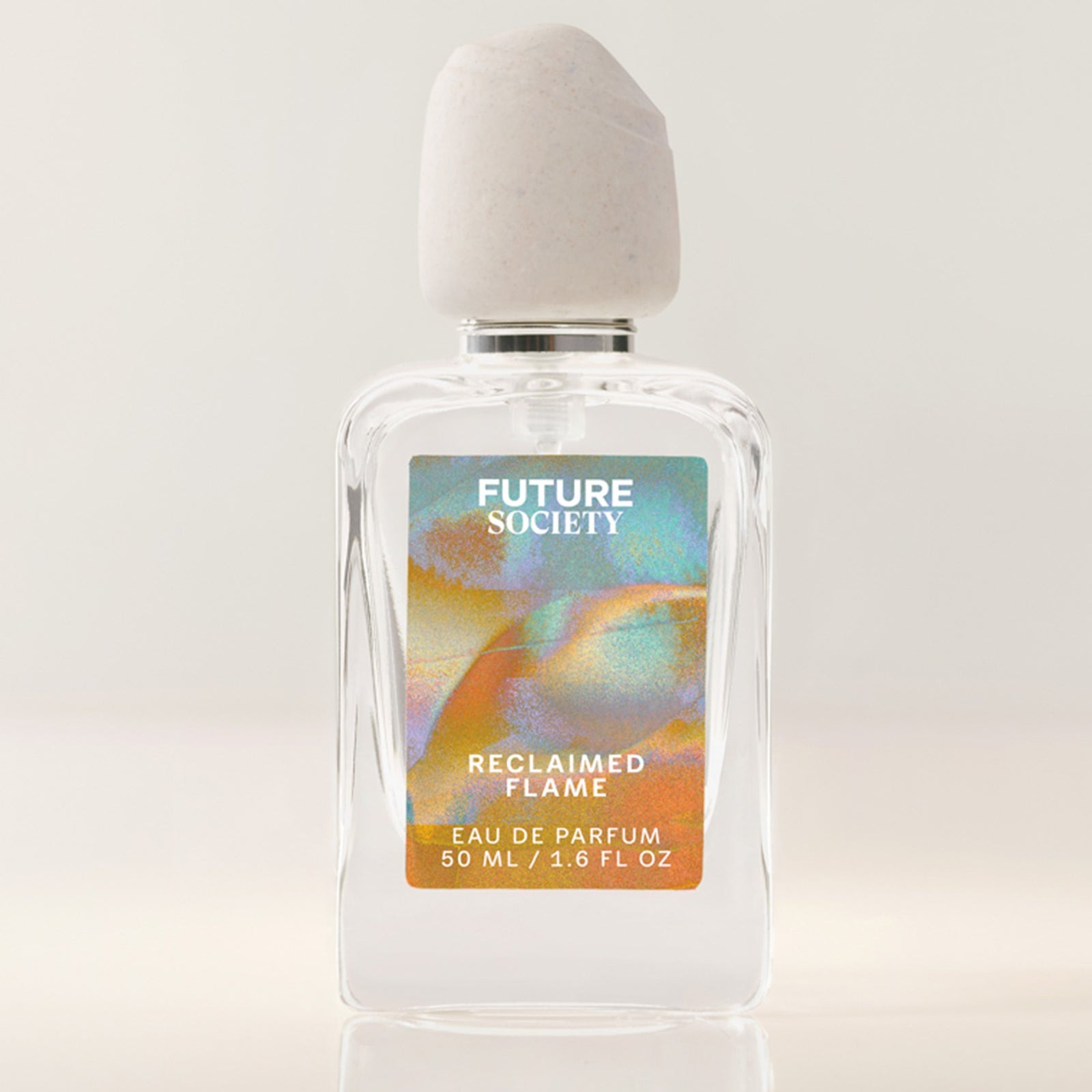
The extinct flower: Leucadendron grandiflorum, last recorded in the Western Cape of South Africa circa 1960. Extinct by wildfires.
The flower behind Reclaimed Flame has an interesting history. "This flower is recorded on occasion as having disappeared due to wildfires, but then there are other records from the Indigenous people of the land indicating that, actually, wildfires were really critical to the flower's ability to propagate," says Aganovic. "It points out that we can use science to kind of bring things back, but we can't use science to replace the gaps in the human relationship with the land." Reclaimed Flame pays homage to this history with warm, fiery scent notes like turmeric, chamomile, and grapefruit.
Floating Forest
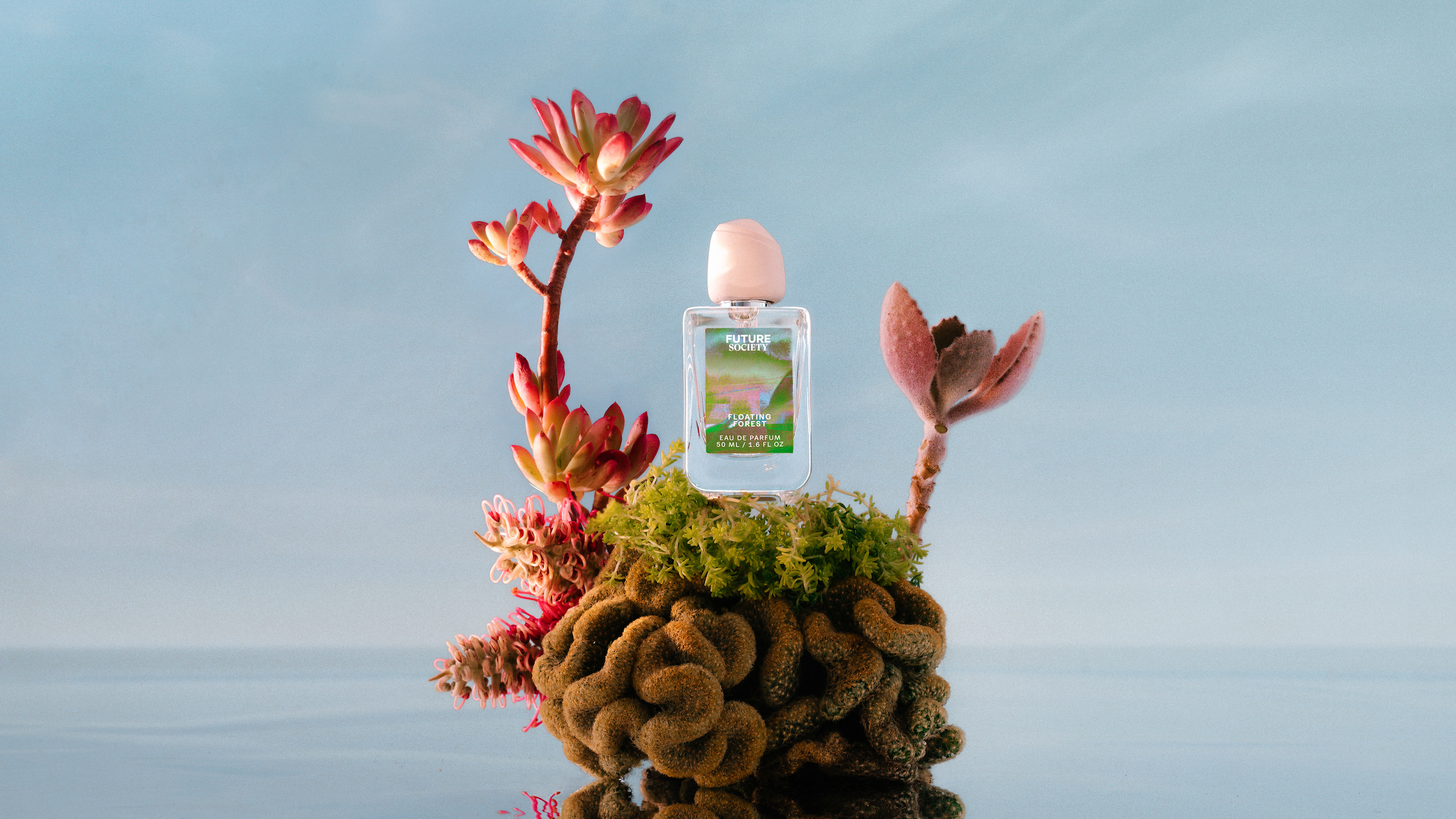
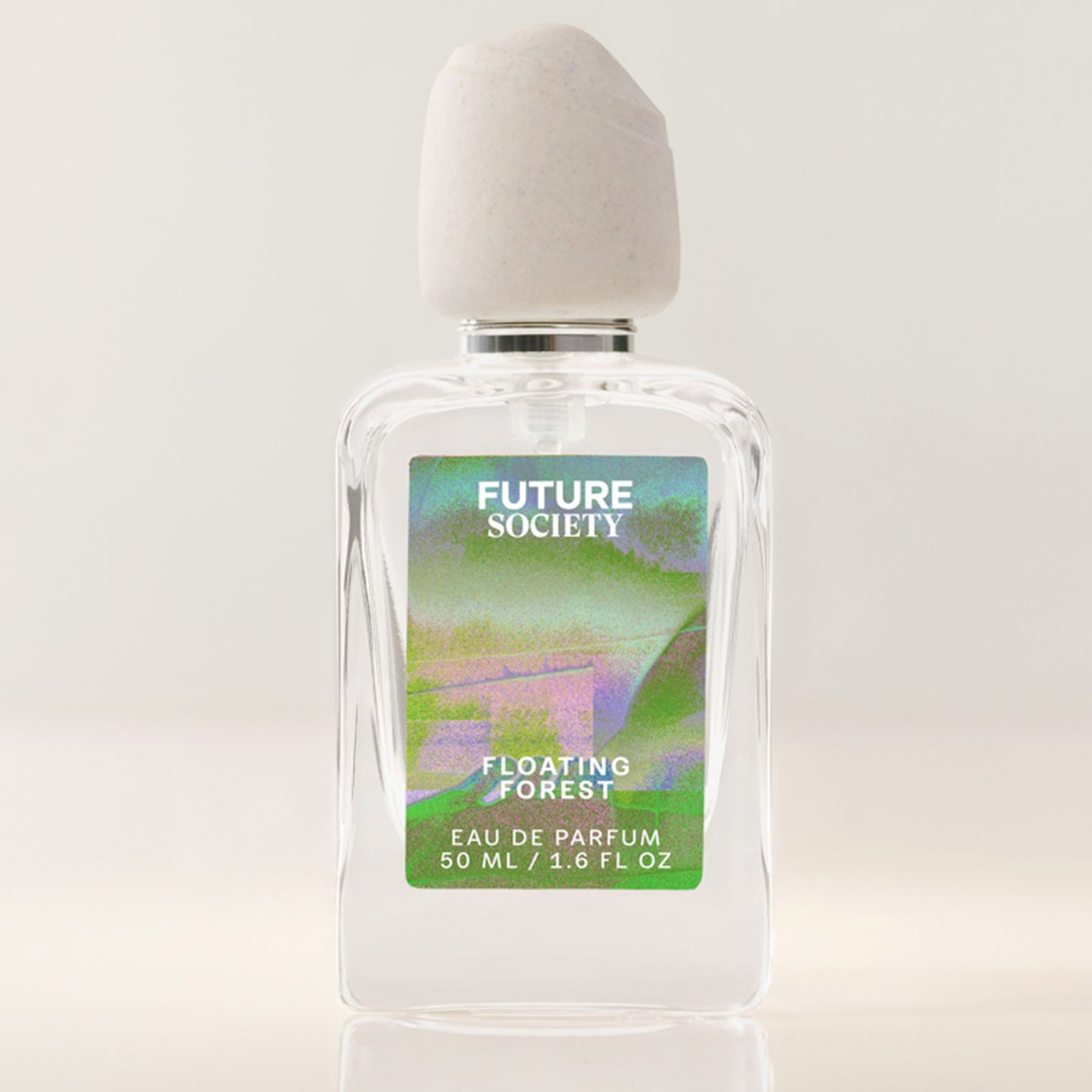
The extinct flower: Shorea cuspidata, last recorded in Borneo circa 1998. Extinct by logging.
If there were a fragrance that captured diving into cool water, this is it. Wet stones is one of the scent notes, along with bergamot, water lily, salted musk, and driftwood, perfectly re-creating a serene garden pond.
Shop the set:
Prior to her time atBest Knockoff Luxury Clothing , Katie Berohn worked as the beauty assistant for Good Housekeeping, Woman's Day, and Prevention magazines, all part of the Hearst Lifestyle Group. She graduated from the University of Colorado, Boulder, with a major in journalism and minor in technology, arts, and media, and earned her master's degree at NYU's graduate program for magazine journalism. In addition, Katie has held editorial internships at Denver Life magazine, Yoga Journal, and Cosmopolitan; a digital editorial internship at New York magazine's The Cut; a social good fellowship at Mashable; and a freelance role at HelloGiggles.
